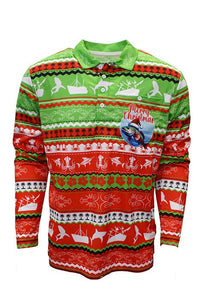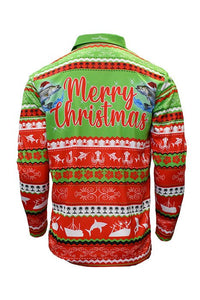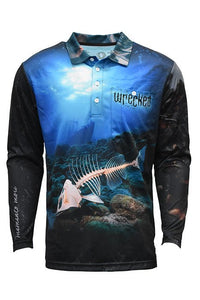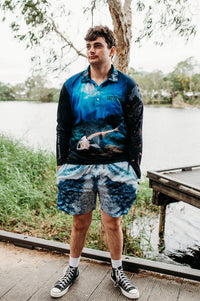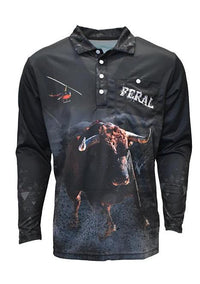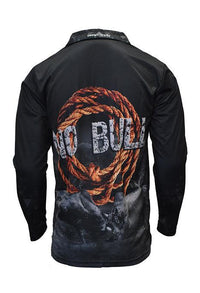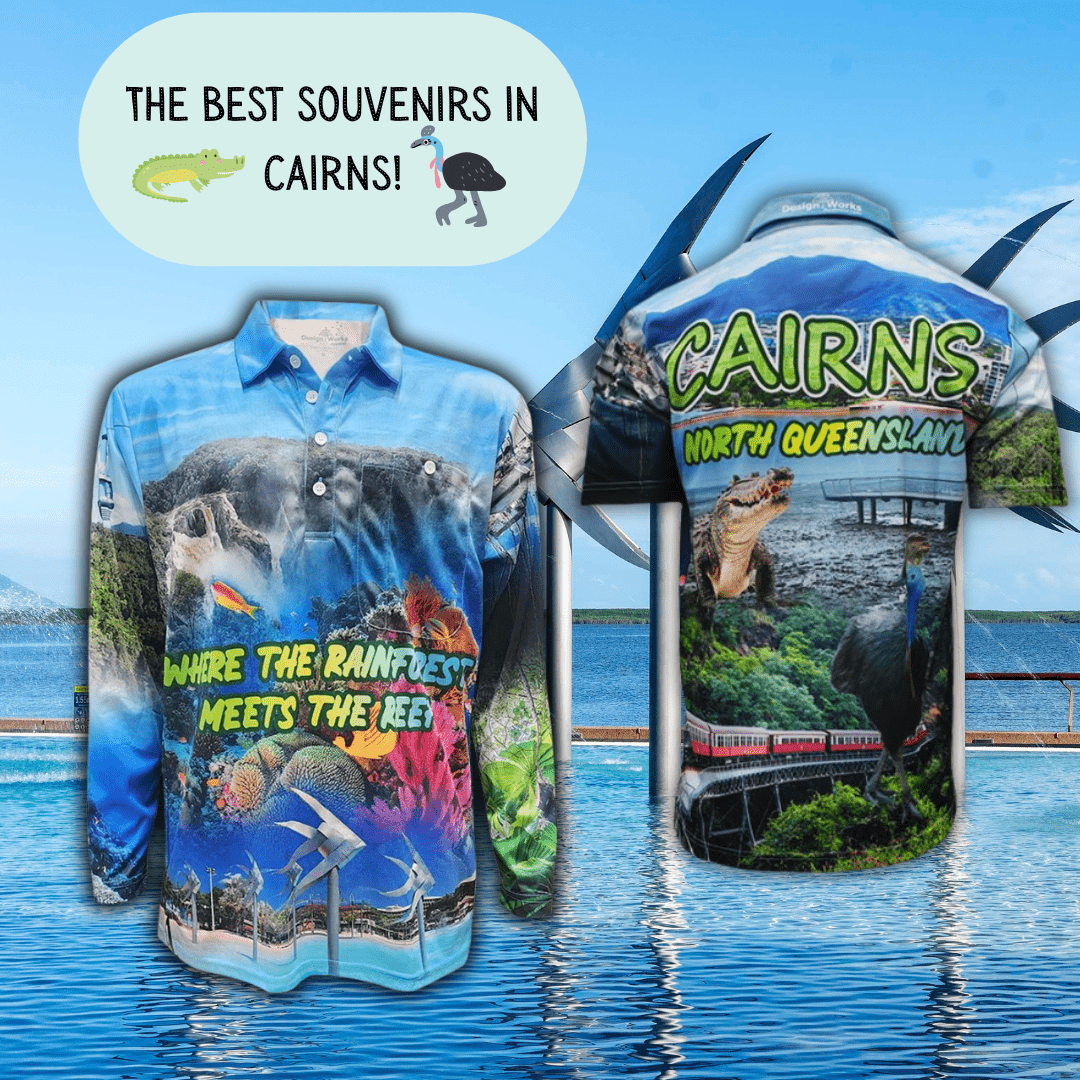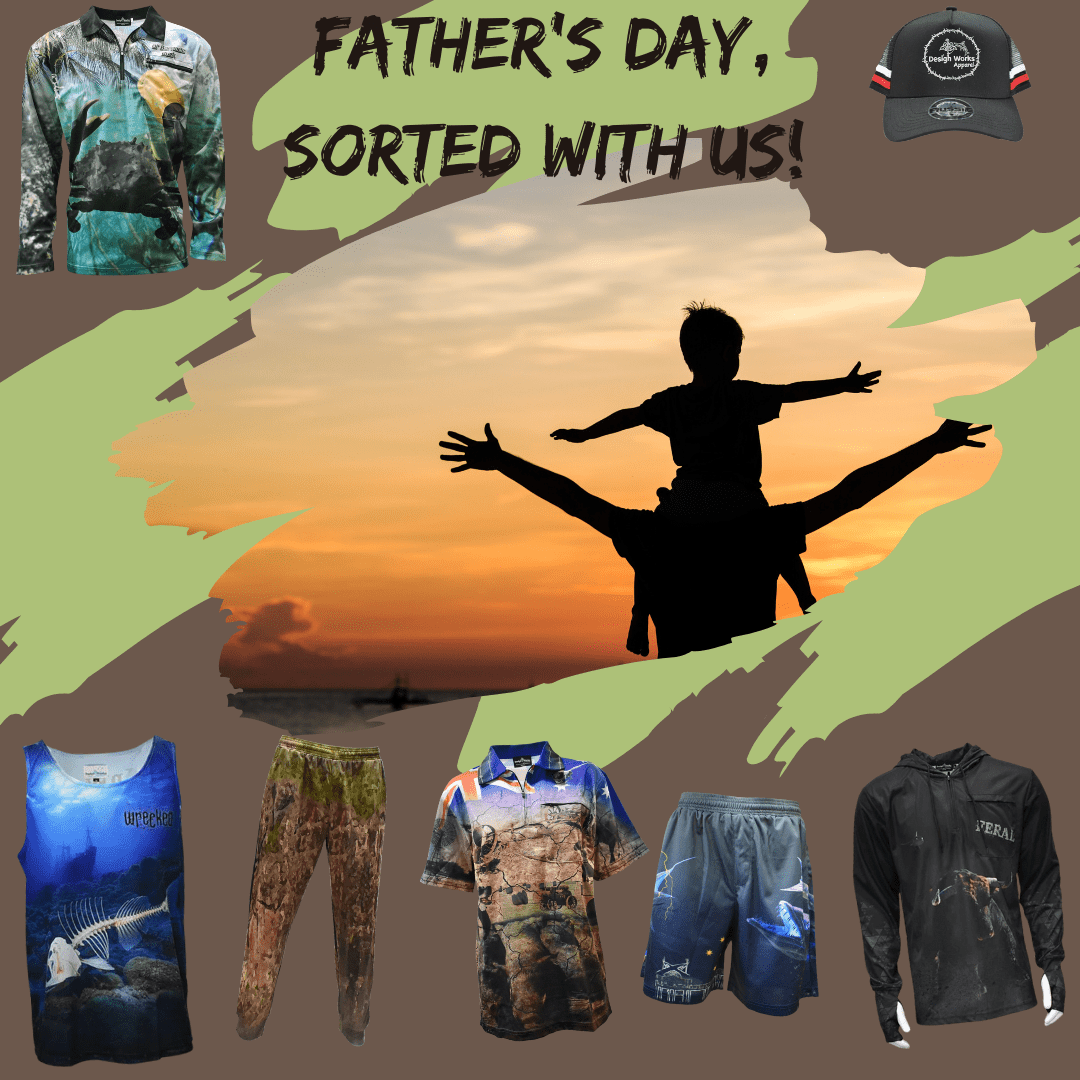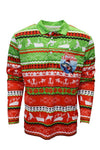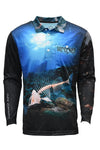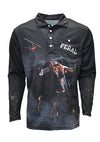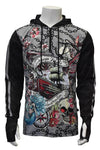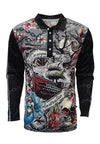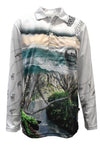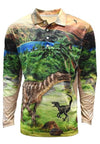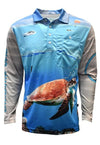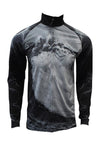Who doesn’t love to be outdoors? Being outdoors is a great way to feel free and active, reduce stress, and get a nice tan! The problem is, we are not made to defend against the harsh elements the sun portrays. To make things worse for ourselves, the ozone layer has been harmed by our negligence such as CFCs, deforestation, fossil fuels and greenhouse gases. The damage caused by ultraviolet (UV) radiation from the sun has increased greatly in recent times (Chettier & Bhosale, 2020, IRJET).

What is Ultraviolet (UV) Radiation?
The sun produces deadly electromagnetic radiation and fractions of that are able to penetrate the ozone layer to reach the surface of the earth and ultraviolet (UV) radiation is one of those culprits. UV can reach a person on the ground from three different sources, directly from the sun, scattered from the open sky and reflected from the environment (Arpansa, 2022). This affects the skin by causing single-strand breaks in the DNA crosslinks, which is predominately a defect in the DNA strand resulting in skin cancer (SunSmart, 2022). UV Radiation has a number of acute effects ranging from short-term to long-term (Chettier & Bhosale, 2020, IRJET). This includes the following effects (Sklar, Almutawa et al, 2013, Photochemical & Photobiological Sciences):
-
Erythema (Skin redness)
-
Pigment darkening (Melanoma)
-
Delayed tanning
-
Epidermis thickening (Epidermis is the outermost layer of skin)
-
Vitamin D synthesis (High amounts of this can be toxic)
-
Eye damage
What are the types of UV Radiation?
(Australian Radiation Protection and Nuclear Safety Agency, 2022)
There are three types of UV Radiation, two of which are experienced in our atmosphere, while the most dangerous one is blocked out by the Ozone layer. These are UVA, UVB, and UVC (see figure 1).
- UVC - Is extremely dangerous but does not reach the earth’s surface due to the blockage by the ozone layer.
- UVB - More dangerous than UVA and has been implicated as the major cause of skin cancer, sunburning and cataracts. Only reaches the top layer of the skin (Epidermis).
- UVA - Ultraviolet radiation that contributes to the premature aging and wrinkling of the skin and has recently been implicated as a cause of skin cancer. UVA reaches right through to the bottom layer of the skin.
Figure 1 below demonstrates the three types of UV radiation and how it flows through the atmosphere until it reaches the layers of skin.

Why are the effects of UV in Australia so high?
Australia has one of the highest skin cancer rates in the world (Tabbakh, Volkov et al., 2019, Plos Medicine). This is due to the fact that (Sunsmart, 2022):
- Australia is located near the equator, meaning UV levels are the highest along the equator.
- In the summer season, Australia is a lot closer to the sun than the northern hemisphere during its elliptical orbit around the sun and axial tilt, for instance UK has UV index of 6-8, while Australia has UV Index of 10-14.
- Australia has low air pollution, contributing to less blockage of UV radiation.
Remember UV isn’t connected to temperature, so it is not hot. UV levels can be damaging on cool, cloudy days and warm, sunny days. The highest level of UV in Australia is experienced during 10am to 2pm (SunSmart, 2022). Up north of Australia, where the sun is even more extreme, UV alert is on around from 10am to 4pm.

How to protect yourself from UV radiation!
The risk of UV radiation skin conditions tend to, increase as you age and as time goes, but there are many things we can do to prevent unhealthy skin conditions from happening such as:
Clothing first.
- Wear UV Protective Clothing
Check your remove swing tags or labels and see if they have the UPF (Ultraviolet Protection Factor) rating on the tag, for example UPF50+. If they do, check the level of UPF it has. A minimum protection is 15, a good protection is 30, and an excellent protection is 50 to 50+ (Australia Radiation Protection and Nuclear Safety Agency, 2022).
- Apply sunscreen
For maximum protection, use SPF 30+ or higher broad spectrum sunscreen. Reapply every 2 hours or more frequently after swimming or working up a sweat (SunSmart, 2022)
- Wear a hat
- Wear sunglasses
- Stay in the shade as much as possible
- Get an annual check-up
- Beware of and have interest in UV protection
We offer UV protective clothing and accessories in a variety of designs to choose from and in sizes from kids to 12XL so that you can pick your favourite and enjoy staying sun protected.
Check our whole range of UV rated clothing that will suit your style, fit anyone in your family, and most importantly keep you UV protected. https://www.designworksaustralia.com/collections/all
REMEMBER!!!
Follow the Slip! Slop! Slap! Seek! Slide! method, during the times that the sun is most active (Cancer Council, 2022)



